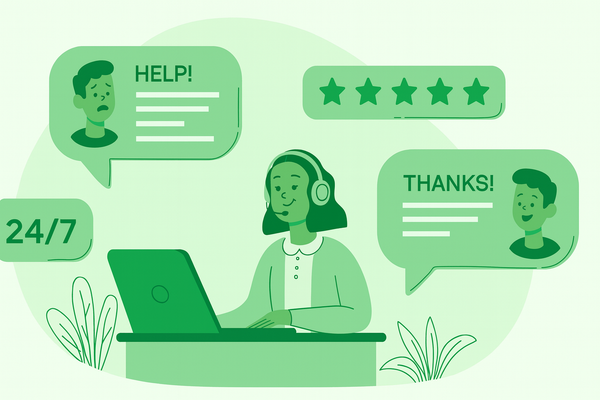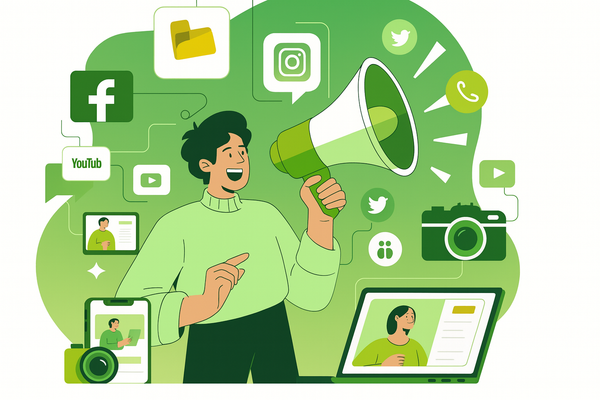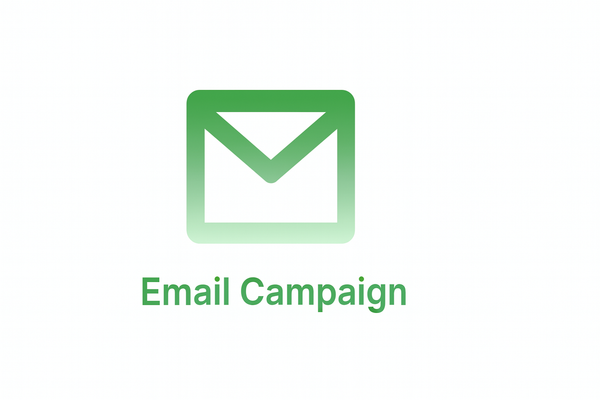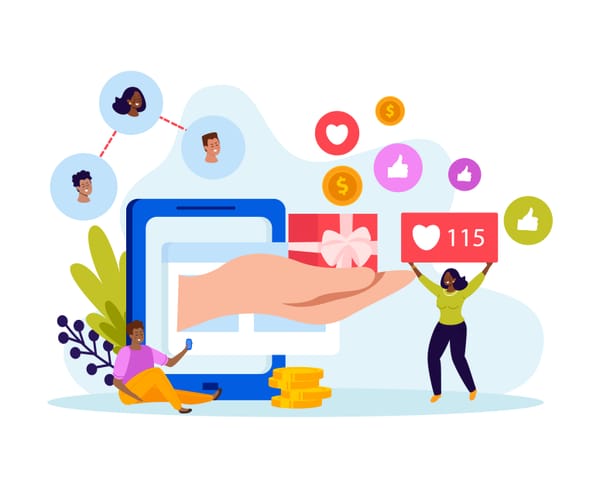Referral Email Best Practices That Actually Work
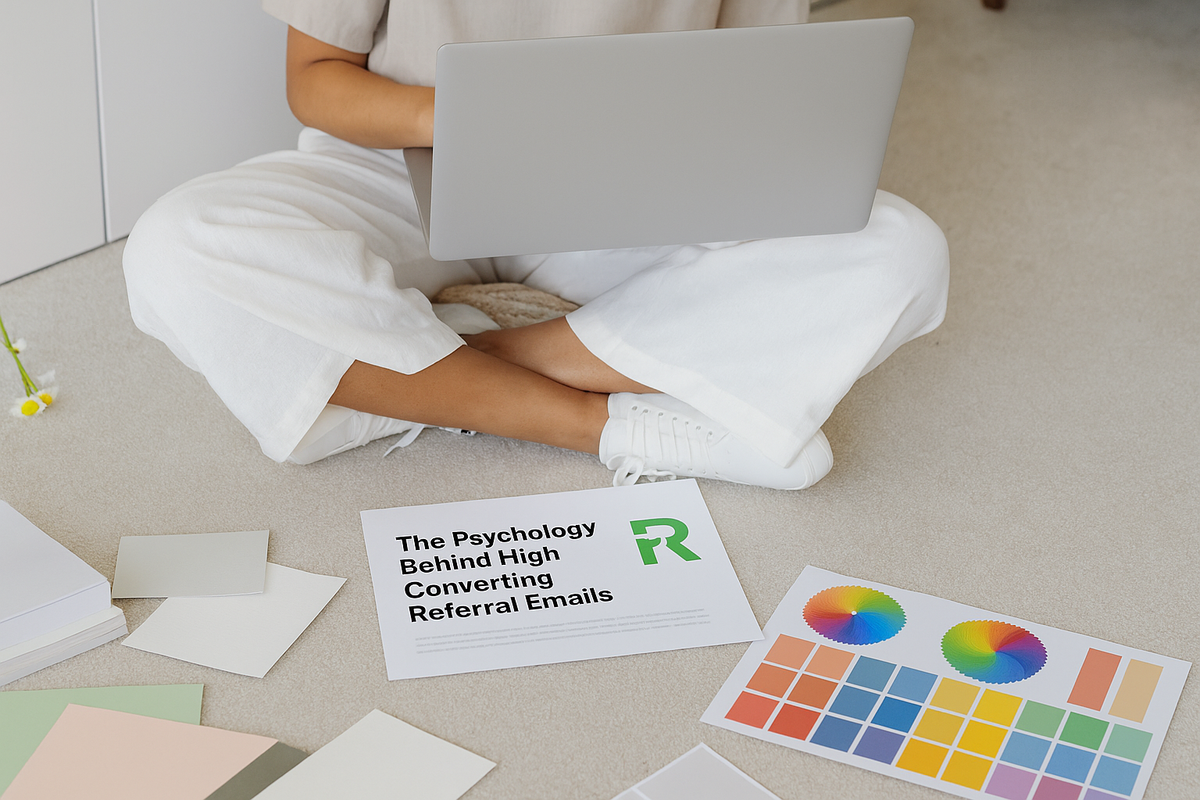
Good referral emails are about conversion optimization, not just writing copy. Make the ask clear, the reward obvious, and the process simple. Then test everything. Here's how to create subject lines that get opened, layouts that get clicks, timing that respects your customers, and templates you can use right away.
Why referral emails still make money
Referral creates a loop that grows on its own: one happy customer leads to one new order which creates another happy customer. Email is your best way to start that loop. With Referrush, you can add one tap WhatsApp sharing and automatic discount codes to make it easier for people to go from seeing your email to sharing to buying.
The 10 rules you must follow
1. Your subject line is a promise
Be specific, put the value first, and keep it short. Emojis can help or hurt, so test them with your audience. Research shows mixed results on emojis. Some studies show higher open rates, others show no change or worse performance. Test instead of guessing.
2. Use your preheader text
Complete the promise you started in your subject line. Don't just repeat the same thing.
3. Design for people who scan
People scan emails in an F pattern: across the top, then down the left side. Put your reward and call to action where eyes naturally go first.
4. One main call to action
You can have other links, but never let them compete with your main button. Label buttons with the exact result like "Get ₹200 credit" instead of vague words like "Submit".
5. Make your button impossible to miss
High contrast, filled buttons that are at least 44x44 pixels for mobile tapping.
6. Lead with the reward
Put the give and get offer in your first 2 or 3 lines and repeat it on your button.
7. Personalize lightly, segment smartly
Use their name, last product, or category they bought. Don't be creepy about it.
8. Add social proof quickly
"10,482 customers shared last month" or "4.8 stars from 1,203 reviews."
9. Check mobile first
If you use Klaviyo, their templates work on mobile automatically, but still preview on different devices.
10. Keep your email reputation clean
Set up SPF, DKIM, and DMARC. Remove people who never engage. Don't send huge batches all at once.
Subject lines that work
For your existing customers:
- "₹200 for them, ₹200 for you. Ready?"
- "[Name], your reward is ready"
- "Your link is live: share once, earn twice"
- "3 taps to ₹200 credit. Here's how"
For their friends:
- "[Name] thought you'd like this. Extra ₹200 inside"
- "You've been gifted 15% off. Claim in 24 hours"
- "From [Name]: this brand saved me ₹X"
- "Your first order is on us (almost)"
About emojis: They can increase or decrease opens depending on your audience and timing. Most teams get better results using emojis sparingly and testing them against plain text.
How to structure a high converting referral email
Header: Your logo plus simple navigation (or none at all)
Hero line: "Give ₹200, Get ₹200"
Quick explanation: 2 lines maximum
Primary button: "Get my link" or "Share now on WhatsApp"
Social proof: Small review, statistic, or customer photo
FAQ details: "Works on all items • New customers only • No minimum order"
Backup link: Plain text link next to the button in case images don't load
Legal stuff: Disclosure plus unsubscribe plus your address
Email templates you can use today
Template 1: Customer invitation email
Subject: "Give ₹200, get ₹200. Your link is live"
Preheader: "Share once. Both of you win."
Hi [First Name],
Your friends get ₹200 off. You get ₹200 credit for each friend who orders. No limits.
[Get my link]
Share on: WhatsApp • SMS • Email
How it works:
- Share your link
- Friend orders
- You get ₹200 credit (automatically applied at checkout)
FAQ: New customers only • Valid on all items • Credits stack • 30 day window
Template 2: Friend gift email
Subject: "[Name] sent you ₹200"
Preheader: "Claim it on your first order. Expires in 48 hours."
[Name] thinks you'll love us. Here's ₹200 off your first order.
[Claim ₹200] (automatically applies at checkout)
Small print: First order only • 48 hours to claim • Returns work fine, code reactivates
Template 3: After purchase follow up
Send: 3 to 24 hours after delivery
Subject: "Everything arrive okay? Want ₹200 for a friend?"
Content: Quick satisfaction check (thumbs up/down). If thumbs up, show sharing options:
[Share on WhatsApp] [Copy link]
Tip: Delivery day emails work well. Pair with WhatsApp since it's huge in India.
Template 4: Progress reminder
Subject: "2 friends away from ₹600 credit"
Content: Progress bar plus one big [Share again] button
When to send emails (India timing)
Most studies show weekday daytime works best, with spikes in early morning and late afternoon. Start with 9 to 11am IST and 1 to 2pm or 5 to 6pm. Test send time optimization over 2 to 4 weeks. Some data shows very early morning spikes at 4 to 6am. Try it if your audience reads email early.
How often to send:
- Announcement email
- 1 reminder after 48 to 72 hours
- Then only triggered emails (after purchase, delivery, milestones, high satisfaction scores)
Keep announcement emails rare. Let automated flows do most of the work.
Mobile details that matter
Button size: At least 44x44 pixels. Avoid outline only buttons for your main action.
Thumb friendly: Give plenty of space. Don't put the call to action button right at the edges.
Klaviyo users: Mobile optimization is automatic, but still preview your emails.
Email delivery checklist
- SPF, DKIM, DMARC set up ✓
- Remove hard bounces, role accounts, and people who never engage ✓
- Sunset policy (like 90 days no opens → win back email → remove) ✓
- Keep sending volume consistent, avoid sudden spikes ✓
Tests worth running this month
- Subject: "Give ₹200, get ₹200" vs "Your link is live: ₹200 each"
- Preheader: "No limits" vs "48 hour bonus"
- Main message: cash amount vs percentage off
- Button text: "Get my link" vs "Share on WhatsApp" (Referrush supports both)
- Social proof: review quote vs numbers ("10,482 shared last month")
- Send time: 9:30am vs 6:00pm IST
Call to action tests work best when your whole email story makes sense together. High contrast helps buttons stand out. Color itself doesn't have a universal winner. Make it stand out and say exactly what happens next.
How to make it work better in Referrush
Auto apply codes: Both link and code work. Referrush applies the reward at checkout when supported.
One tap WhatsApp sharing: Add a clear WhatsApp share button next to your main button for Indian customers.
Better tracking: Safer capture across different channels with coupon attribution.
UPI friendly payouts: For brands giving cash or cashback rewards, Referrush supports TDS compliant UPI flows in India.
Automated flows: After purchase plus delivery day plus milestone plus satisfaction based asking.
Dashboards you'll use: Watch earnings per click, conversion rate, average order value lift by email versus WhatsApp split.
Ready to use button text
- "Get my link" / "Share on WhatsApp" / "Copy my code"
- "Claim ₹200" / "Unlock your gift"
- "2 away from ₹600" / "Invite one more friend"
- "Works on everything" / "No minimum order"
Final thoughts
Referral emails work when they're obvious, short, visual, and mobile first. Pair them with WhatsApp sharing, time them for your audience's real life, and let automated flows do most of the work. Referrush handles links, codes, tracking, and rewards so you can focus on the only thing that matters: clear value with zero friction.
